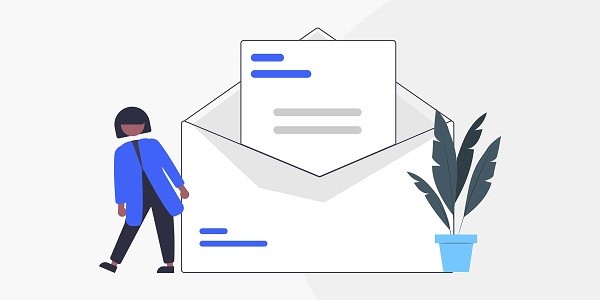This article analyzes the technical principles and proxy types of hiding IP addresses, and discusses how IP2world's dynamic residential proxy, static ISP proxy and other products can help users achieve anonymous Internet access and privacy protection. What is an IP address and why do you need to hide it?An IP address is a unique identifier for a device on the Internet, similar to a home address. Through an IP address, websites, applications, and even third-party organizations can track a user's geographic location, network behavior, and even device information. The core purpose of hiding an IP address is to protect privacy and prevent data leakage or malicious use. For example, using a proxy server to replace the real IP with a proxy IP can achieve anonymous access. The various proxy services provided by IP2world are designed to solve this problem. How do proxy servers hide the user's real IP?The proxy server acts as a "middleman" between the user and the target website. When a user accesses a website through a proxy, the request is first sent to the proxy server, which forwards the request and receives a response. The target website can only identify the IP address of the proxy server, but not the user's real IP. This process not only protects privacy, but also bypasses geographical restrictions or network blocks. IP2world's dynamic residential proxy further reduces the risk of being identified as a proxy by simulating the residential IP address of a real user. What is the difference between a dynamic residential proxy and a static ISP proxy?The IP address of a dynamic residential proxy comes from a real home broadband network and changes regularly, which is suitable for scenarios that require high anonymity and frequent IP switching, such as social media account management or data crawling. Static ISP proxies use fixed IPs assigned by Internet service providers (ISPs), which are more stable and suitable for long-term tasks such as ad verification or server monitoring. IP2world provides both types of services, and users can flexibly choose according to their needs. Why is a dedicated data center proxy more suitable for enterprise users?The IP resources of exclusive data center proxies are completely exclusive to a single user, avoiding bandwidth competition or IP pollution problems that may exist in shared proxies. For enterprises that require high-speed connections, low latency, and large-scale data processing (such as cross-border e-commerce or the financial industry), this type of proxy can ensure task efficiency and data security. IP2world's exclusive proxy supports customized configuration to meet the stringent requirements of enterprises for IP purity and performance. What are the advantages of unlimited servers in proxy services?Unlimited servers usually refer to proxy solutions with no traffic or usage time restrictions, which are suitable for tasks that need to run continuously, such as real-time monitoring or large-scale data collection. IP2world's unlimited servers combine highly anonymous IPs with flexible resource allocation, so users don't have to worry about overage fees or service interruptions. They are especially suitable for small and medium-sized teams with limited budgets but fluctuating needs. How to choose the right type of proxy?When choosing a proxy, you need to consider anonymity, stability, cost, and usage scenarios. If you need to simulate real user behavior (such as market research), dynamic residential proxies are more suitable; if you want a stable connection (such as remote work), static ISP proxies are preferred; enterprise-level data tasks can rely on exclusive data center proxies. IP2world provides detailed product comparisons and technical support to help users accurately match their needs. As a professional proxy IP service provider, IP2world provides a variety of high-quality proxy IP products, including dynamic residential proxy, static ISP proxy, exclusive data center proxy, S5 proxy and unlimited servers, suitable for a variety of application scenarios. If you are looking for a reliable proxy IP service, welcome to visit IP2world official website for more details.
2025-04-21









